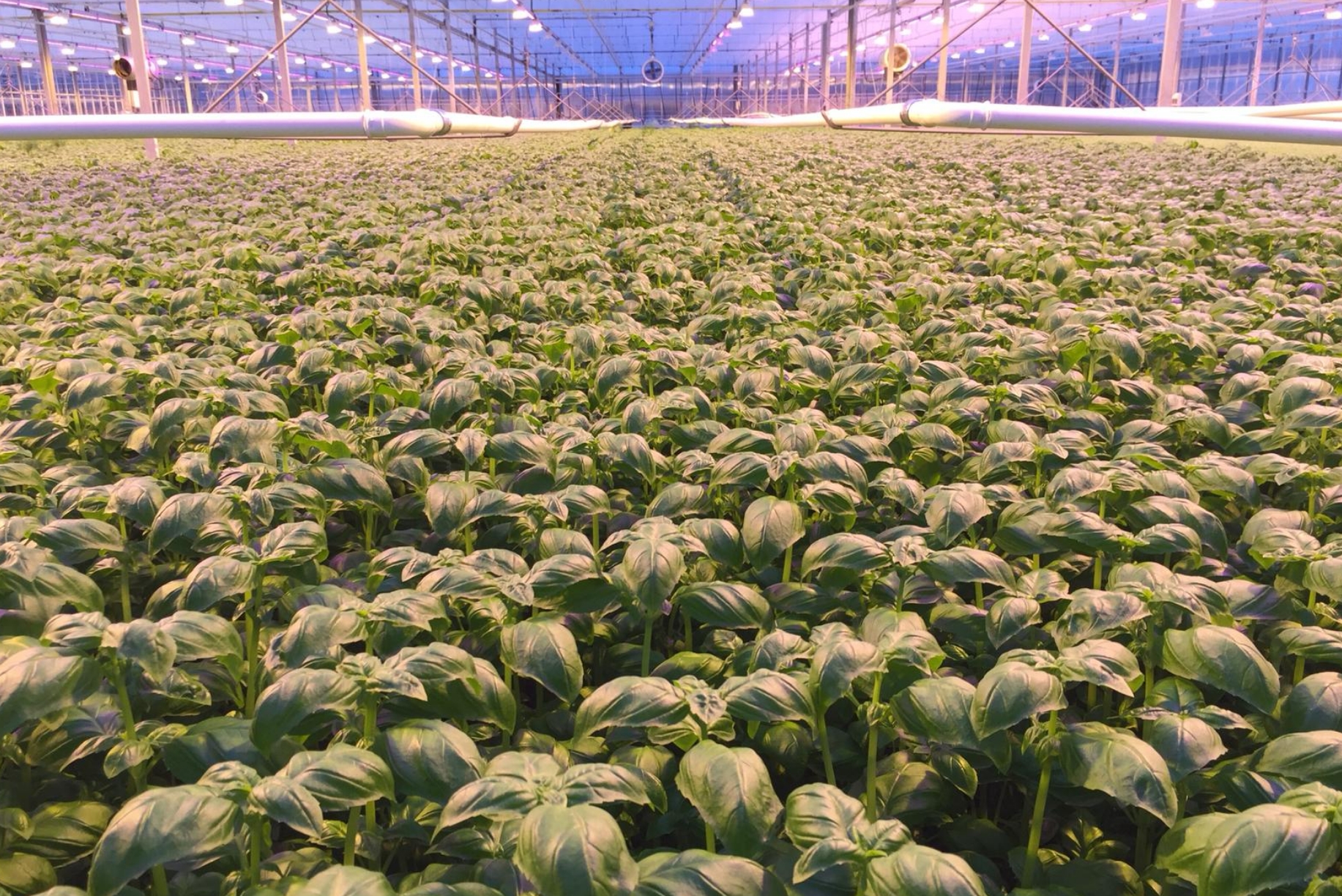Analysis of crop condensation in greenhouse hydroponics
作者: 时间: 2024-07-26
Water steam condenses on plants with two serious adverse consequences. First of all, there is no evaporation in this specific location, so there is no supply of new nutrients at all. Second, fungi is prone to occur in condensed water, such as staphylococcus, and can easily penetrate and infect plants tissue.
People often think that condensation is related to the lack of high relative humidity or low humidity, and in reality, it involves a series of complex factors.

First, condensation occurs only when the temperature of the specific part of the plant is lower than the dew point temperature of the air. Generally, the temperature and humidity of the air are measured in a open box, also known as the climate box. If there is almost no air flow in the greenhouse, the actual situation between crop blades may be different from the measurement results, and it is likely to be worse than the situation in this box. This emphasizes the importance of sufficient air flow and uniform temperature distribution in the entire greenhouse. If the local air temperature is lower than the value of the aspect measurement, such as the gap along the side wall or under the ventilation window or in the curtain, the risk of crop condensation is much higher than the risk of measurement instructions.
The temperature of plant leaves or fruits may also be different from the measured air temperature. In the early morning before the sunrise, the upper part of the crop will be heated by the sun and starts to increase evaporation, thereby pushing the absolute humidity (AH) of the air. However, the temperature in the lower part of the crop, especially the temperature of the fruit, rises very slowly. In this case, if measures are not taken to prevent the dew point temperature from rising too fast, these colder parts are prone to condensation.
The most important thing is that the temperature of the plant leaves is significantly lower than the air temperature due to the heat. When the radiation is low, the heat radiation has the greatest impact on the temperature of the plant's blades before the sunrise to the sunrise. This means that at night, when the temperature of the greenhouse drops, the upper layer of the crop may be dangerous.
Generally speaking, the high RH has a high risk of condensation, but the lower RH cannot guarantee that no condensation occurs.
Article Source: Ye Caixia Technology
People often think that condensation is related to the lack of high relative humidity or low humidity, and in reality, it involves a series of complex factors.

First, condensation occurs only when the temperature of the specific part of the plant is lower than the dew point temperature of the air. Generally, the temperature and humidity of the air are measured in a open box, also known as the climate box. If there is almost no air flow in the greenhouse, the actual situation between crop blades may be different from the measurement results, and it is likely to be worse than the situation in this box. This emphasizes the importance of sufficient air flow and uniform temperature distribution in the entire greenhouse. If the local air temperature is lower than the value of the aspect measurement, such as the gap along the side wall or under the ventilation window or in the curtain, the risk of crop condensation is much higher than the risk of measurement instructions.
The temperature of plant leaves or fruits may also be different from the measured air temperature. In the early morning before the sunrise, the upper part of the crop will be heated by the sun and starts to increase evaporation, thereby pushing the absolute humidity (AH) of the air. However, the temperature in the lower part of the crop, especially the temperature of the fruit, rises very slowly. In this case, if measures are not taken to prevent the dew point temperature from rising too fast, these colder parts are prone to condensation.
The most important thing is that the temperature of the plant leaves is significantly lower than the air temperature due to the heat. When the radiation is low, the heat radiation has the greatest impact on the temperature of the plant's blades before the sunrise to the sunrise. This means that at night, when the temperature of the greenhouse drops, the upper layer of the crop may be dangerous.
Generally speaking, the high RH has a high risk of condensation, but the lower RH cannot guarantee that no condensation occurs.
Article Source: Ye Caixia Technology
